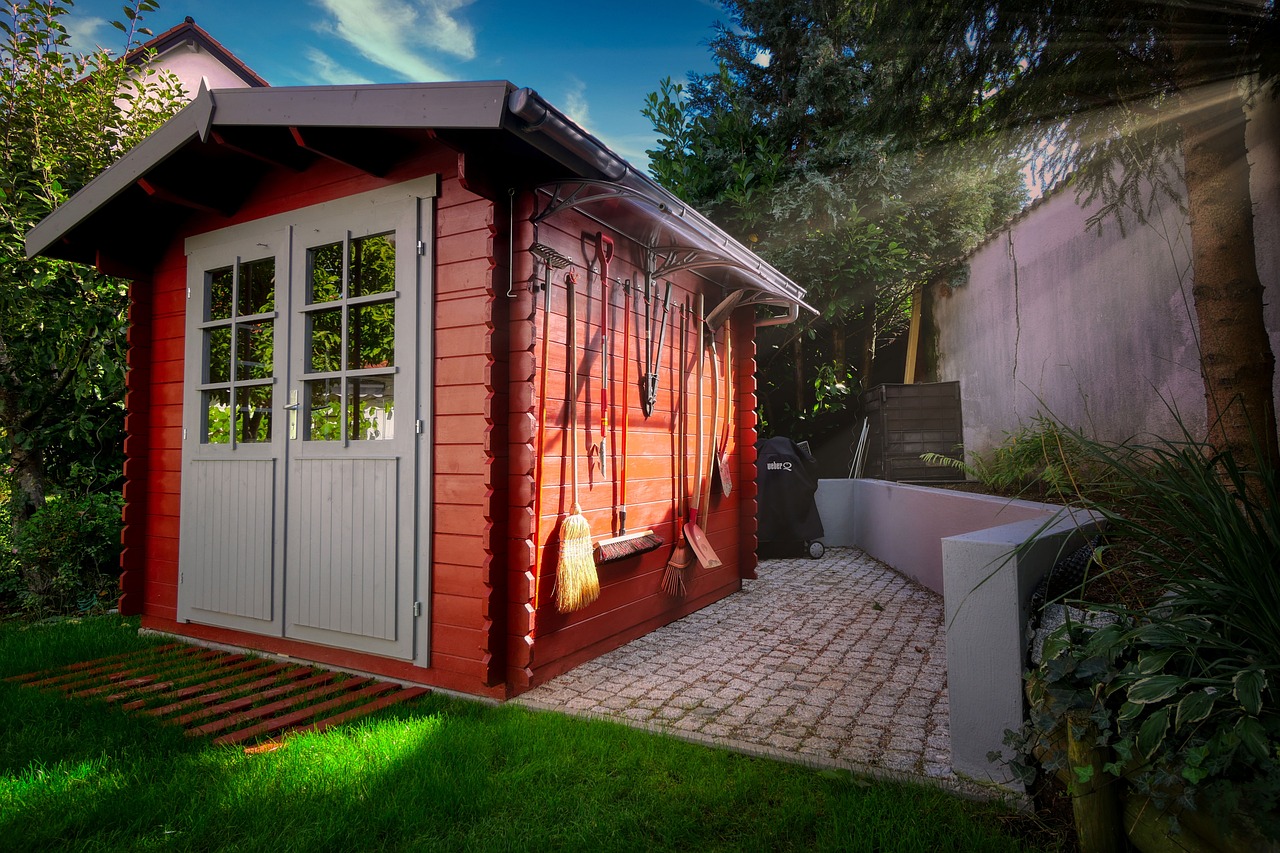In the prepper world, a cache is an assemblage of gear and supplies that’s hidden somewhere until needed. The traditional prepper cache is often a short length of large-diameter PVC that’s sealed and then buried. The home cache is a little different, requiring very little in the way of money or time.
What’s a Home Cache?
The home cache concept is simple, as is the reasoning behind it. Let’s say there’s a fire in your home, one that forces everyone to evacuate. Thankfully, everyone makes it out okay, even the dog and cat. But it’s the middle of January, and half the family is in bare feet, nobody has a jacket, and everyone is shivering. You can’t even get into your vehicle because the keys are still in the house.
This is where the home cache comes into play. It’s a tote or other container that you’ve filled with spare outerwear, footwear, maybe a change of clothes for each family member, and similar necessities. This cache is then kept in a shed, detached garage, or other outbuilding. The idea here is that you’ll have access to at least a very bare minimum of clothing and such if your home is damaged or destroyed.
Advertisement — Continue Reading Below
What Kind of Container?
Heavy-duty plastic totes tend to work well for this application. You want something that critters won’t be able to easily get into and make nests or wreak other havoc. Depending on the size of your family and what you keep in the cache, you may end up with a couple of totes.
What to Keep Inside?
At a minimum, I’d recommend a jacket and shoes or boots for each family member. A complete change of clothes would be ideal, including socks and underwear. The clothing could be put into ziplock bags or even vacuum-sealed to save space as well as protect them from moisture. There is no need to go out and buy extra clothes and footwear for the home cache. Just use items that still fit, but that family members don’t wear anymore.
You might also keep a list of important phone numbers in your home cache. Let’s face it, few of us memorize these numbers anymore. Instead, we rely on the contact list in our cell phones, which might not be available to us. These numbers include your insurance agent or the agency’s claim department, as well as local friends and/or family members. Put the list in a ziplock bag or something similar to keep it protected.
Advertisement — Continue Reading Below
Everyone’s situation is different, but if you feel your home cache could be made fairly secure, I’d also toss in a spare key for your vehicle. This would act as a backup in case you had to leave the house too fast to grab your primary set. Even more security-contingent would some cash—enough to get you and your family a hotel room for the night.
Where to Store the Home Cache?
As mentioned earlier, if you have a shed or other outbuilding, that might be your best choice. Another option might be a roofed structure for firewood storage, such as a lean-to sort of arrangement if you have one. Stash the home cache behind the woodpile, and you’re good to go.
You want it in a location that isn’t likely to be immediately affected by a house fire or similar disaster. At the same time, while the tote can probably handle some amount of bad weather, you don’t necessarily want to trust it being exposed to the elements all the time.
Advertisement — Continue Reading Below
As with every other bit of preparedness advice you’ll read here or elsewhere, few things are universally applicable. Take what you can use or adapt to your situation and leave the rest for someone else to try.















